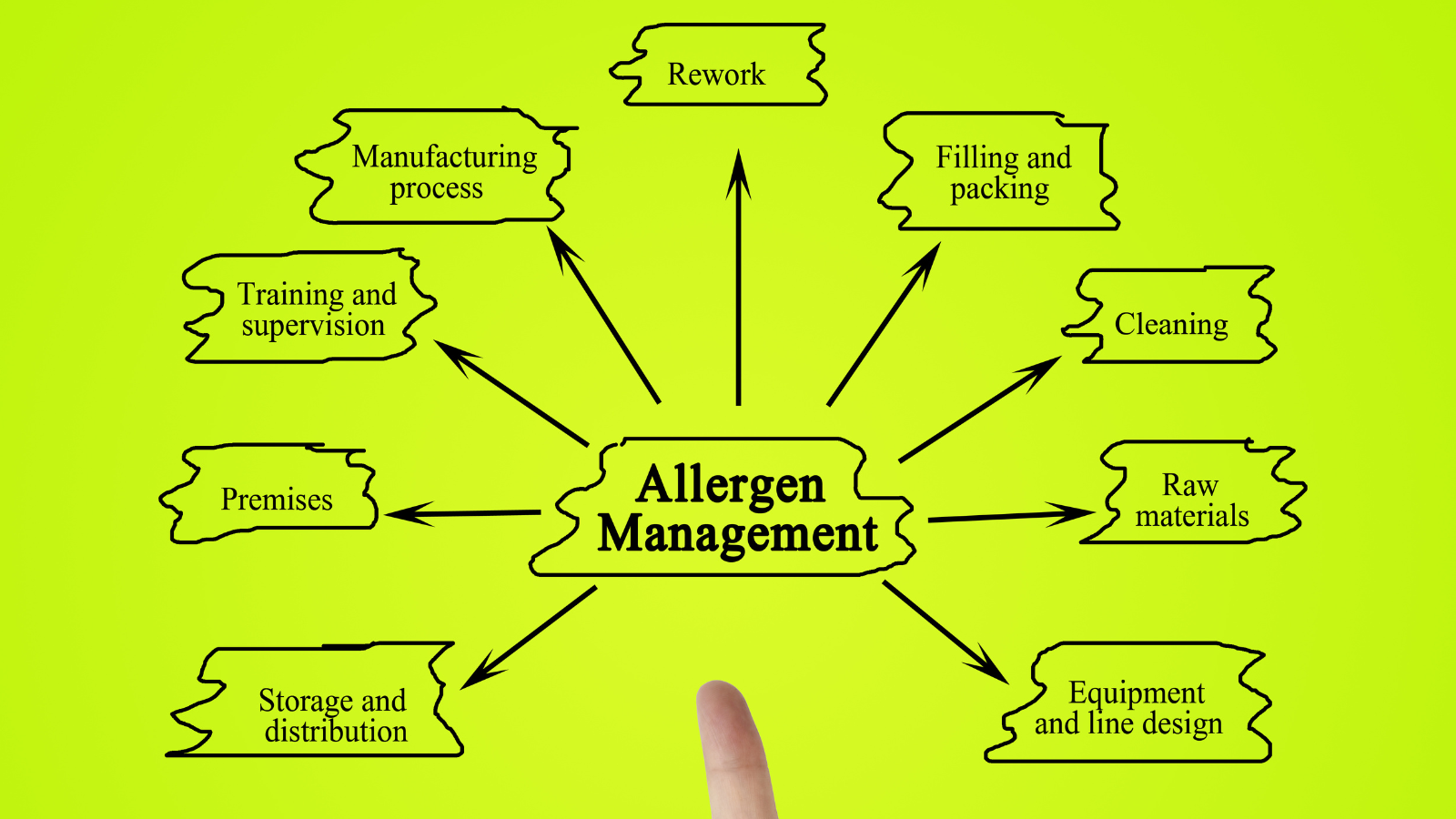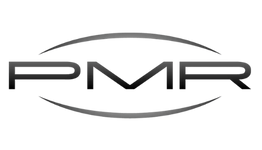Welcome to the PMR Foodservice Blog

The Role of Food Allergen Management in Food Safety
Food allergies are a major problem for restaurants, impacting many more people than most people know. Allergens impact over 33 million people in the United States, resulting in around 200,000 hospital visits each year. Because this is such a common issue, operators must take the initiative and endeavor to provide a safe atmosphere for all of their consumers.
Understanding Food Allergens
A food allergy is when someone's body reacts to a specific component or ingredient within food. Peanuts, shellfish, and gluten are among the most prevalent food allergies. The effects vary from person to person, but they can sometimes be fatal if left untreated.
Food allergies are also different from intolerances, such as lactose intolerance. Generally speaking, food allergies can trigger many symptoms, including swelling, redness, rashes, and vomiting. Intolerances, however, only affect the digestive system and are often much less severe. Either way, operators must know what allergens are on their menus and plan accordingly.
Cross-Contamination Risks
Cross-contamination prevention in restaurants is already routine practice, but the procedure is slightly different when considering food allergies. While most employees understand how to wipe and disinfect a cutting board after handling raw chicken, they may not understand how to do the same while handling nuts or dairy products.
Unfortunately, cross-contamination can be a massive problem for guests, as even mild contact with the allergen can trigger a reaction. Typically, contamination occurs in prep areas but may also happen in coolers and other storage locations. Also, if workers are not diligent about washing hands after touching an allergen, they could unwittingly spread it to other dishes.
Food Allergen Management Practices
Because the risk of cross-contamination is so high for food allergens, operators must determine which allergens they want to mitigate and how. There are a few best practices to follow, such as:
Color-Coding
Many commercial kitchens use color-coded cutting boards and prep equipment to differentiate between vegetables and types of meat. This system can also work well for identifying food allergens so workers know which pieces to use at any given time.
Allergen Contamination Systems
While color-coding makes sense in theory, it can be hard to manage in practice. One way to ensure that allergens don't cross-contaminate is to use a sanitizing system. Something like the Saf-T-Zone system from San Jamar can eliminate allergens and make it easier for workers to maintain cooking standards.
Labeling
The first step toward managing and minimizing food allergens in a commercial kitchen is to know what's inside each dish. Allergen labels can help employees identify foods, so they know which ones to touch and use at any given time. Best of all, if these labels coincide with a color-coded prep station, it's much easier for everyone to practice food safety standards.
Overall, managing food allergies requires consistency and vigilance from everyone involved. However, using products like these from San Jamar can streamline the process and help workers follow guidelines. Training is essential for success, but it also helps to have the proper foodservice equipment and supplies to make work easier for staff.
Learn more about avoiding the harmful effects of food allergens. Schedule a free assessment with the team at PMR.
Subscribe Here!
Lists by Topic
- Restaurants (23)
- PMR Preview (18)
- K-12 School Nutrition (12)
- Beverage (8)
- Vulcan (7)
- Healthcare (5)
- Hospitality (5)
- Ovention (5)
- Duke (4)
- Trends (4)
- Ventless (4)
- Winco (4)
- Convenience Store (3)
- Food Safety (3)
- Hatco (3)
- ITW (3)
- PMR (3)
- Perlick (3)
- Traulsen (3)
- Waring (3)
- Bakery (2)
- Carlisle Foodservice (2)
- College & University (2)
- General (2)
- Griddle (2)
- Prince Castle (2)
- Spaceman (2)
- Takeout & Delivery (2)
- Thermo-Kool (2)
- Araven (1)
- Charbroiler (1)
- Choice Equipment Company (1)
- Correctional (1)
- Dinex (1)
- Dish Machines (1)
- Frying (1)
- G.E.T. Serveware (1)
- Hobart (1)
- Holidays (1)
- QSR (1)
- RATIONAL (1)
- Recipe (1)
- Silver King (1)
- Titan Stainless Steel (1)

